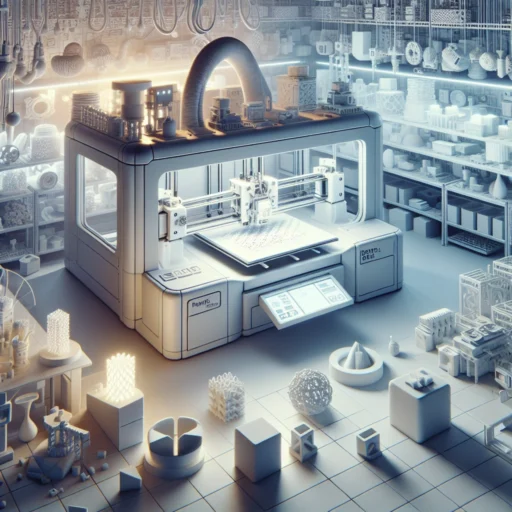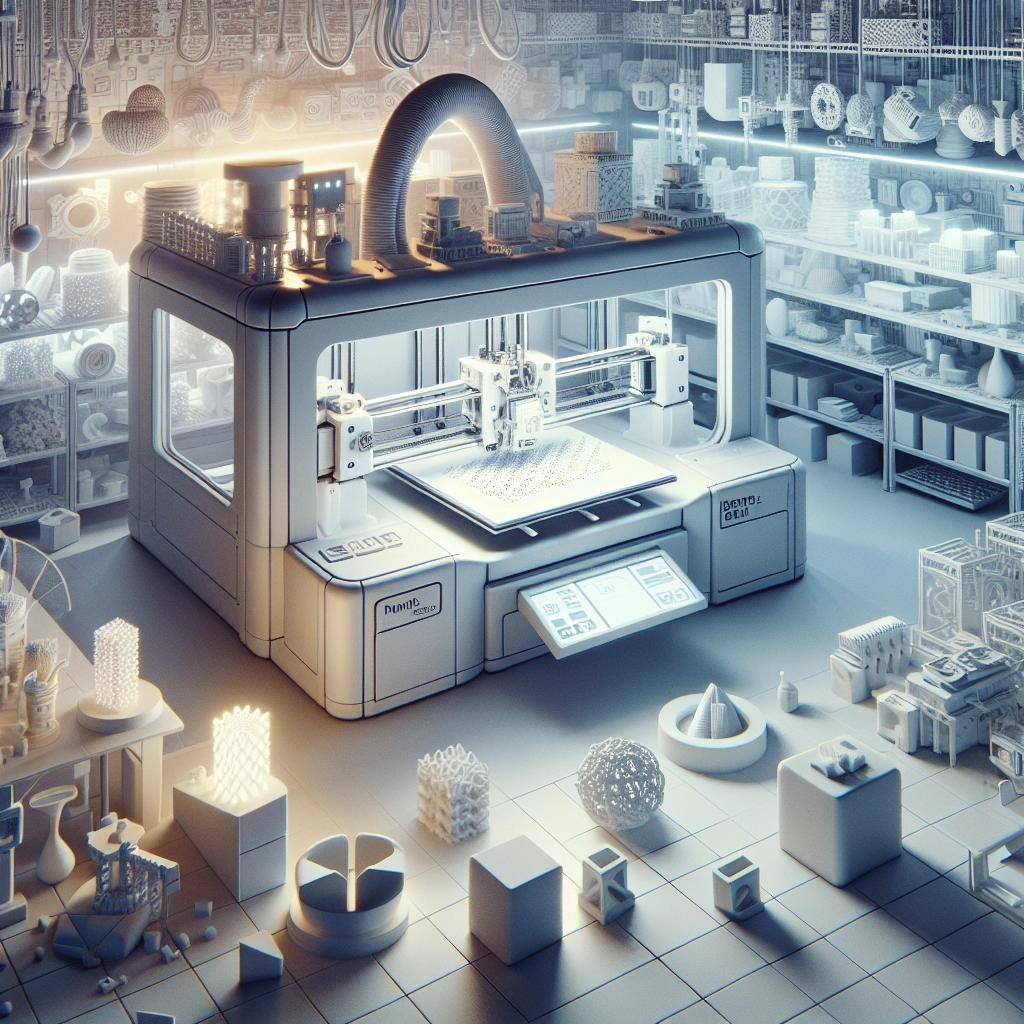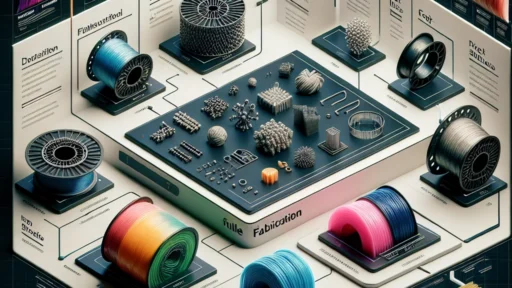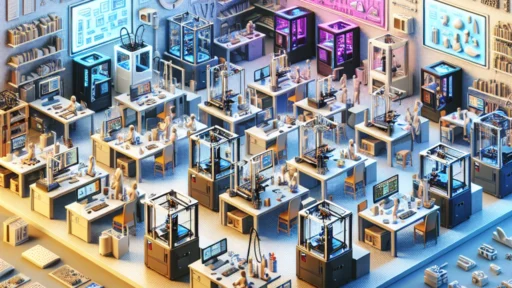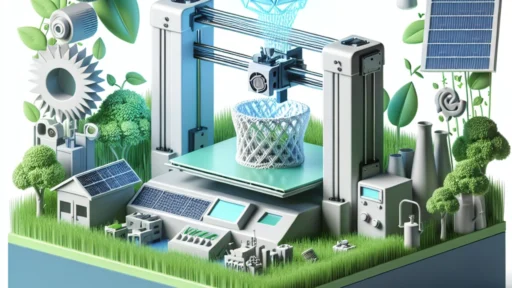Why Multi-Material 3D Printing is the Future
In just a few short years, 3D printing has evolved from a niche technology to a beacon of innovation in various industries. From prototyping to manufacturing, its capabilities seem to multiply daily. But lurking beneath this surface is an even more exciting development: multi-material 3D printing. If you haven’t heard of it, brace yourself! This technology is poised to change the way we think about production, design, and the materials we use every day.
So, What Exactly is Multi-Material 3D Printing?
At its core, multi-material 3D printing refers to the process of using more than one material to create a single object. Traditional 3D printing typically involves using one material at a time, usually a single type of plastic or resin. Multi-material 3D printing, on the other hand, allows for the integration of different materials—think plastics, metals, ceramics, and even biological materials—into a single print job. This capability opens up a world of possibilities in terms of functionality, aesthetics, and versatility.
A Symphony of Functionality
One of the most compelling reasons multi-material printing is the future is its potential for enhanced functionality. Imagine a component that’s both rigid and flexible, or one that incorporates electrical conductivity alongside thermal resistance. With multi-material 3D printing, designers can mix materials to meet specific design criteria.
For instance, in the automotive industry, parts that are traditionally made from multiple components can now be combined into a single printed unit. This not only reduces assembly time and cost but also enhances the performance of the final product. Think lightweight parts that can withstand high temperatures or flexible supports that can absorb shock. The opportunities for innovation are practically endless.
Eco-Friendly and Sustainable Design
In our current climate-conscious society, sustainability is at the forefront of many conversations. Multi-material 3D printing offers a pathway toward eco-friendliness by maximizing material efficiency. Since 3D printing generally uses only as much material as necessary, it significantly cuts down on waste compared to traditional subtractive manufacturing processes that carve out shapes from larger blocks.
Moreover, as the technology advances, we may see more biodegradable and recycled materials being incorporated into multi-material processes, making it possible to create functional fabrics or objects without sacrificing sustainability. Reducing our carbon footprint while pushing technological boundaries could be reality.
Inspiring Creativity
Another key advantage of multi-material 3D printing is how it sparks creativity among designers and engineers. With the ability to combine materials in innovative ways, artists can design unique, intricate objects that wouldn’t be possible otherwise. Consider fashion designers integrating soft, flexible structures into garments, or architects experimenting with textural contrasts in their models. The creative potential is as vast as our imaginations.
Take, for example, the world of medical implants. By printing parts that combine both soft and hard materials, researchers can create implants that more closely mimic the natural structure and function of human tissues. This can significantly improve patient outcomes, allowing for more effective and personalized medical interventions.
Overcoming Challenges
While the future appears bright for multi-material 3D printing, challenges remain. The technology is still in its relatively early stages, which means that there are technical hurdles to overcome. Material compatibility, print speed, and the complexity of software programs are just a few barriers that need to be addressed. However, tech innovation often comes from tackling tough problems. With the keenness of researchers and engineers to push these boundaries, it’s only a matter of time before we see breakthroughs in this area.
The Future is Here
Multi-material 3D printing is not just an emerging trend; it’s a key driver of the future of production and design. Its ability to combine form and function, its alignment with sustainable practices, and its potential to inspire creativity across various sectors make it an exciting area to watch.
Happy printing! Whether you’re a seasoned maker or a curious newcomer, keep your eyes peeled for how multi-material 3D printing continues to evolve. As we look ahead, it’s clear we stand on the threshold of a new era in manufacturing—one where imagination knows no bounds, and where expectations are not just met but exceeded. With each passing day, we inch closer to realizing these possibilities, making the future not just bright but beautifully complex.


